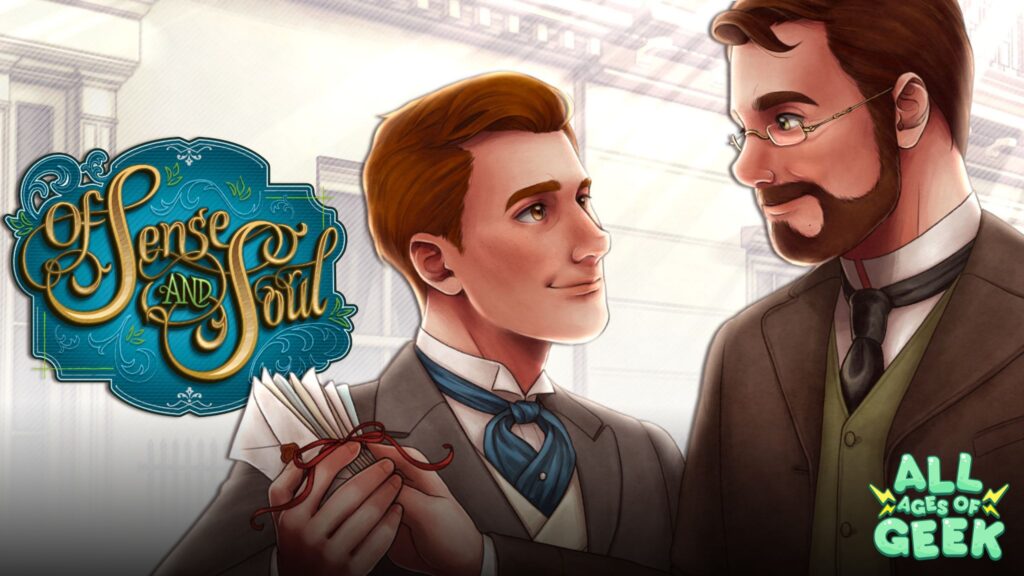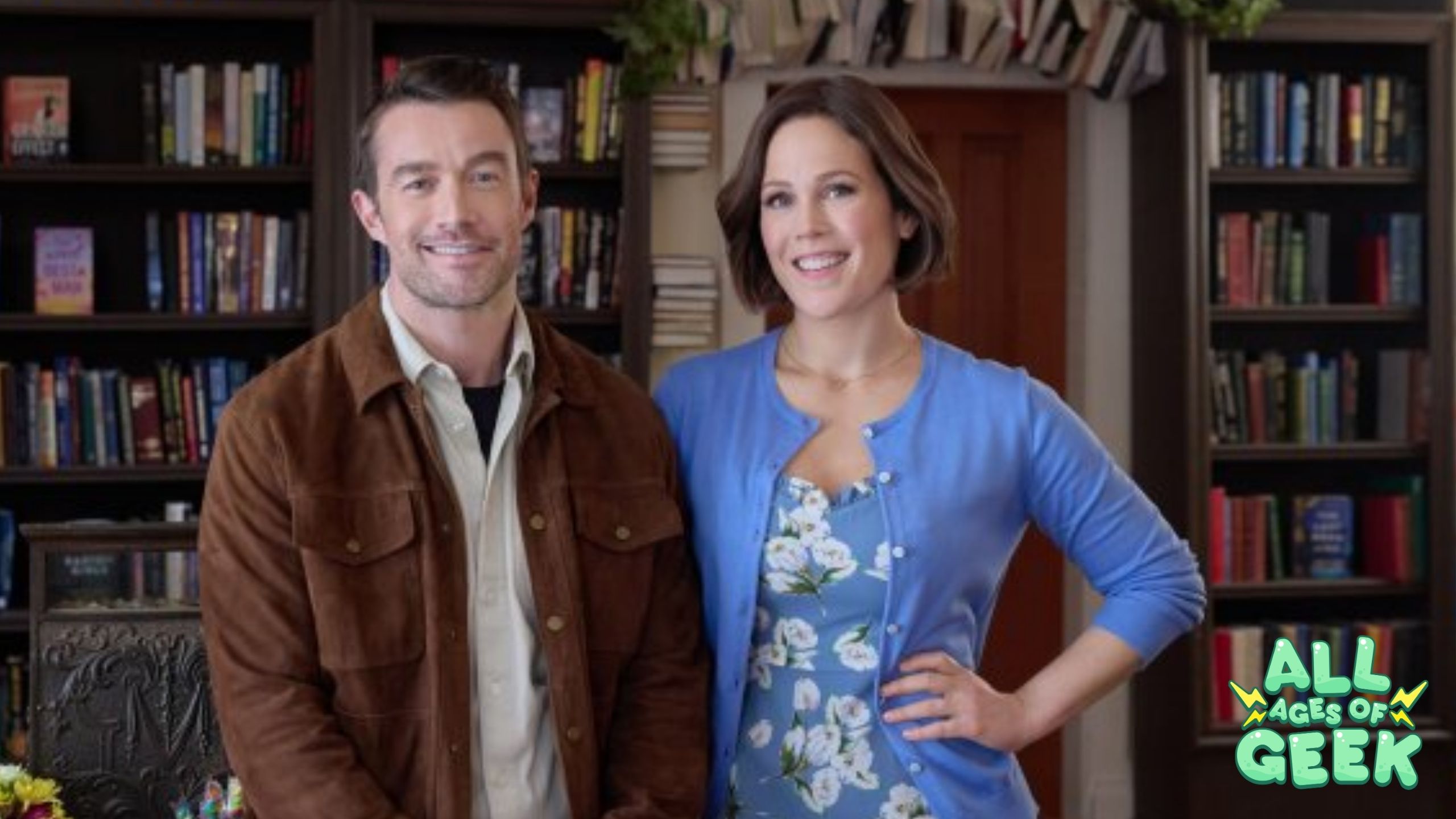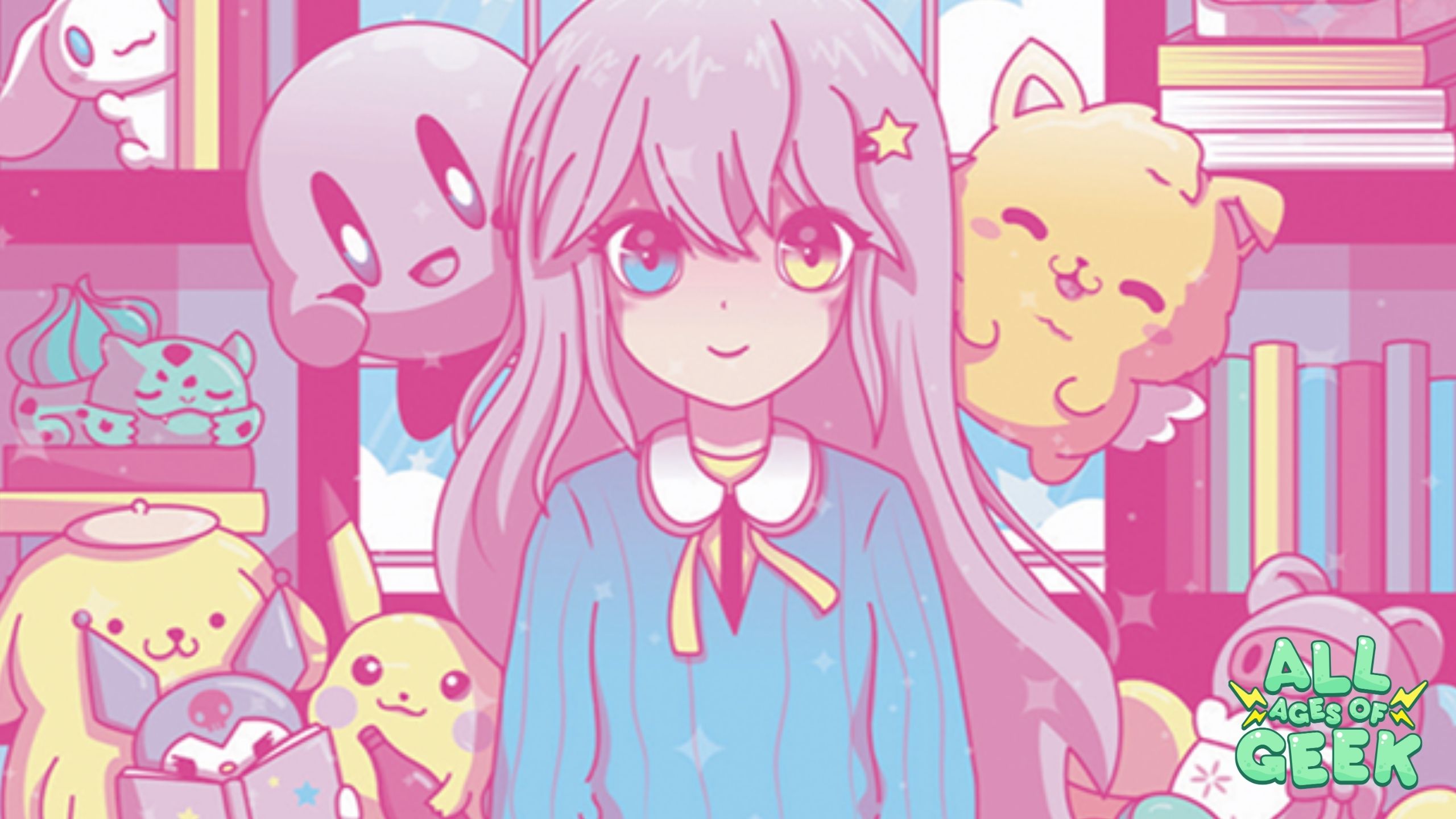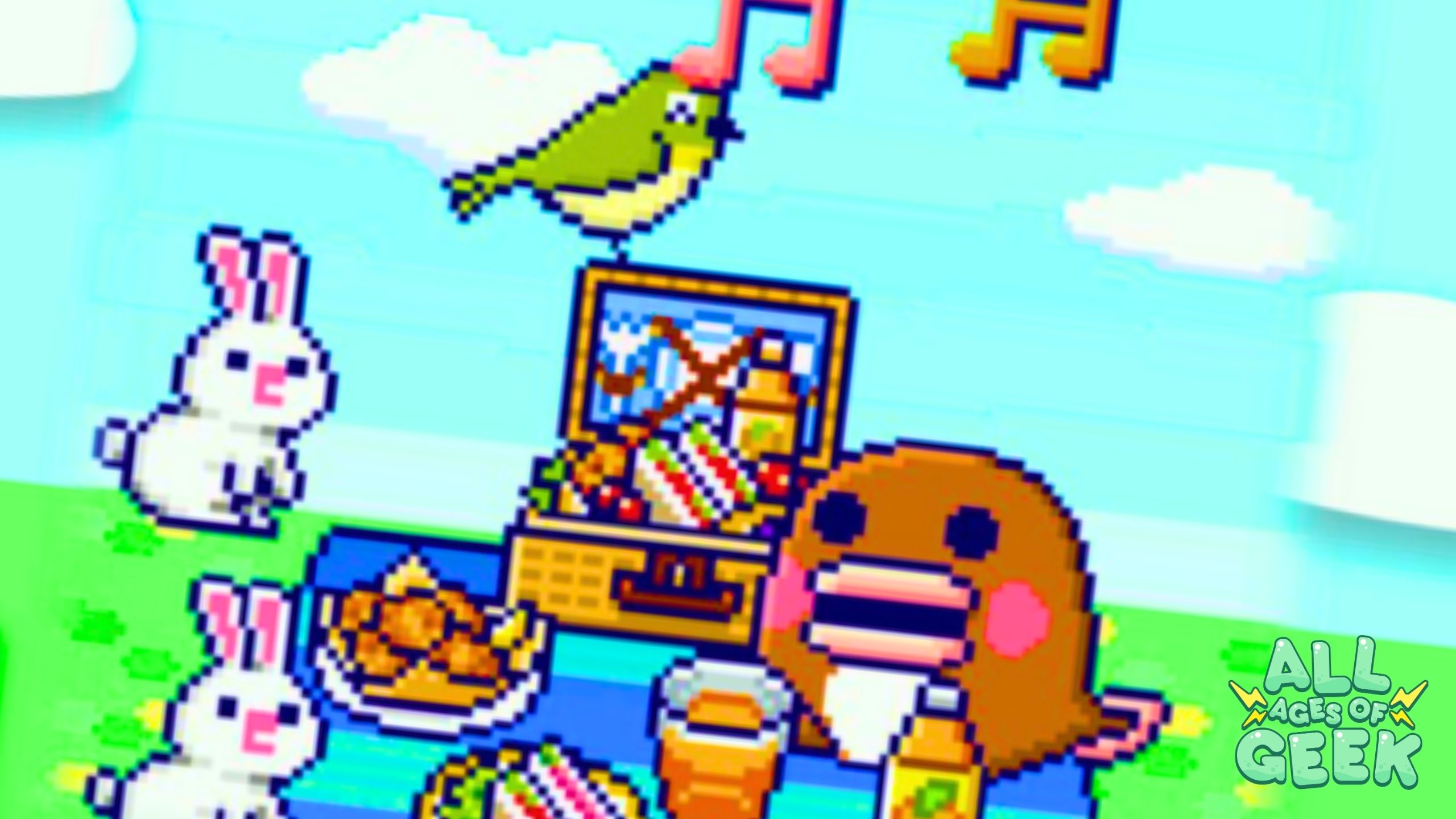We had the pleasure of chatting with Forsythia Productions the creator of “Of Sense and Soul” a queer victorian romance visual novel.
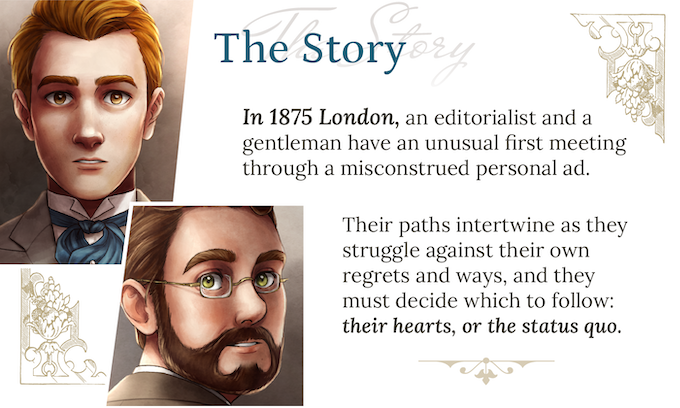
What is the central theme or concept of your visual novel?
Of Sense and Soul is very much founded on the notion that personal growth and deepening connections, whether romantic or platonic, go hand in hand. In our case with Hugo and Seamus, their unexpected budding friendship and romance come together to forge new possibilities for them both which really drive the possibility of a better tomorrow.
What is the target audience for your visual novel?
It’s a plus if they have a love for history but I think queer adults who love heartwarming narratives and character-centric stories, especially men who love men, really resonate with Of Sense and Soul! I like to think of it as a soul-nourishing story for anyone who feels a little lost or out of place, wherever they are in life.
How would you describe the art style and visual aesthetics you envision for your game?
OSAS has a very unique look in that it uses semi-realism and a watercolour inspired colouring style to create a cohesive and fleshed out fictional setting! I really wanted to evoke warmth and softness in every element of the game and to give the viewer a sense of nostalgia.
This in combination with the camerawork and complex sprite expressions in game lends a liveliness to the Victorian setting. Even if OSAS isn’t a real life story or a directly relatable past for anyone playing it, I think the visuals really create a lived experience that is believable and that players can really sink into.
Can you tell us about your characters?
But of course! Of Sense and Soul pulls into focus two playable main characters and their narratives: Hugo Brooks, an editorialist and aspiring poet, and Seamus Charkham, a gentleman without real direction in life.
I think what distinguishes them most are their respective relationships to time and life itself. Hugo is “comfortable” in the present and with his past, but is reluctant (and unable, to a certain extent) to fathom what’s in store for his future. Seamus is likewise comfortable enough with his present, but chooses to move towards the future, as his previous mistakes and resulting interpersonal issues make him repress the past and feel helpless to ever approach it.
As characters though, I think they check the “oblivious but clearly gay dork” and “pining disaster bi with a troubled past” boxes nicely.
Your story is set in victorian times. What type of research did you do to make sure it was accurate to the time?
I hesitate to call the setting “accurate”, as we’ll never know true accuracy when it comes to the past! I would instead say I’ve taken pains to make the setting believable—the story is set in 1875, meaning I had to research everything from interior design and period fashion to buying power and daily routines. It was a lot of reading primary sources like periodicals and memoirs, as well as secondary sources from historians who have synthesized all that already.
There was more cursory research that broadly covered the era and enhanced my overall understanding, and then there was research that occurred in fits where I really, really had to find out what accessible publication Hugo might have had The Little Duckling by Hans Christian Andersen read to him from as a child in the 1850s. (The answer is Blackwood’s Magazine, by the way!)
Equally as important in handling a queer love story set in the past was figuring out the societal impact and outlook on homosexuality and identity at the time. I sought a much more rounded and nuanced perspective than the criminal cases and negativity bias often associated with Victorian queerness, and looked for what life actually would have felt like for queer people of the time.
While I can never be completely truthful to the Victorian experience, I use my research to flavour a very “timeless” narrative meant to be relatable to a modern audience. As long as there’s enough in the game to feel believably Victorian and to satiate players who may be better informed about the era, I’m happy!
What important topics do you hope the players take away from the game?
What I want is for players to remember how the story makes them feel rather than any specific moral or message—and the feelings I’d like to evoke are hope and warmth.
People who break from the status quo, particularly in the realms of gender identity or sexuality, can feel isolated or helpless in their circumstances. OSAS as a work of fiction is intended to uplift and lend confidence to every player that a brighter, more loving future is within their reach, no matter the challenges they are facing in their day-to-day.
Fiction as an escape can’t solve those challenges, but it can inspire vulnerability and determination—and a feeling that one’s own sense of true belonging may not be so distant after all.
Is there anything you struggled with while creating the game?
Oh, plenty! Of Sense and Soul is my first game—that statement in itself should say a lot! It’s been an ambitious project from the start and the fact that the extended demo came over two years after the original demo with a completely new look is indicative of the transformation and growing pains that occurred in the interim. Being an inexperienced developer, there were (and still are) many things I had to learn and to build upon in my skill set to be able to put something like OSAS together.
Between the release of the original demo in August 2020 to the start of production of the extended demo in early 2022, I was in a complete creative slump. I have struggled with burnout in the past in school and had burnt myself out creating the original demo because there was so much I was handling for the first time. Work on OSAS came to a standstill, despite sporadic updates, and I didn’t know how to return to it because so much time had passed.
That sense of creative inertia really struck me, and it was only towards the end of February last year that I decided I actually did have enough of the skills and knowledge I needed to make what I wanted to make—the operative word being “enough”. In a way, the message of OSAS itself is why its development saw a renaissance—I was seeking a brighter future, and that so happened to include facing my own shortcomings and doubts regarding the project head-on.
(That’s the main struggle I encountered—amongst many other minute struggles that just come with developing any game!)
Our most recent struggle is the struggle to find funding for the game in order to produce it to the level we’d like to—hence, the Kickstarter campaign!
How did you cast for your characters? Did you experience any struggles?
We held a voice casting call for the characters in the Extended Demo early this year and there certainly were struggles! I don’t believe it’s “easy” to cast for anything, but we had far more auditionees for some characters than others. In particular, we struggled to find PGM (people of global majority) talents for our characters of colour—we are very fortunate that there were voice actors among the few who did audition really fit their roles!
Other than that, the biggest struggle was deciding on who to cast, as there were so many talented voice actors who auditioned. Some were more straightforward choices—voices that just stuck in our heads and felt right for roles from the start—while others came down to nuances of whether we wanted characters to sound the way they looked, or to sound closer to what their personalities are. It was a very difficult choice!
We’re so happy with the cast we landed on; some of the actors are also very much like the characters they play, which is really fun! I’m very much looking forward to working with them on the rest of the game, as well as casting the remainder of our characters.
You can hear our current cast’s voice previews here!
What has been the biggest success for you as a visual novel dev and an artist?
The biggest success for me, besides actually creating the game, has been sticking with the project and believing in myself despite ups and downs. As mentioned above, Of Sense and Soul is my first game, and it was the first project I embarked upon entirely for myself as a creative—it’s very fulfilling to see it now connect with a wider audience than ever before and to know that’s because I (as well as my co-creator and extended team) persevered.
Of Sense and Soul is also a very niche game—as of the writing of this response, I have yet to find another visual novel like it—and that adds to the challenge of seeking validation in a games landscape that doesn’t already have precedents like OSAS. It is incredibly gratifying, then, to see so clearly when the game does resonate with someone!
(In conjunction with these successes I also think I’ve found a sense of community with the Indie EVN dev scene, which I really treasure!)
What inspires your work?
Some inspirations for the story direction itself include shows like Yuri!!! On Ice, Good Omens, and Our Flag Means Death—queer narratives that have a real respect for their characters and the relationships depicted, and feel “real” to the viewers. I’m also very influenced by the manga Emma by Kaoru Mori, which is a beautifully detailed Victorian romance, and I aspire towards her level of perfection someday!
I also draw a lot of inspiration from my past in fandom and the kinds of fanfictions and fanart I would like to create or consume. There’s an awful lot of soft character-centric stories in fandom and a lot of playing with perspectives—for instance, with canon-compliant POV switching fics which depict the events of a story playing out from another character’s point of view. You can see this influence in Of Sense and Soul via the game’s two routes, in which you experience the events of the game from either Hugo or Seamus’ perspective.
(Ironically, I have not read or watched much Victorian fiction.)
Tell us advice you would give to new developers?
Beyond the common advice of not making your magnum opus your first project (do as I say, not as I do) I would advise new developers do a lot of observing and listening in established dev communities. I learned so much about visual novel development by backreading messages and discussions in servers alone (shout out to DevTalk on Discord) and this “inside look” is an invaluable resource for getting an idea of the possibilities, attitudes, and common practices for different aspects of development.
Tangentially, look at what other people are working on and ask questions—but remember the purpose of this isn’t to compare your work to theirs, and rather to analyse why the developers made decisions for their games the way they did, in order to achieve the final result.
I would also urge new developers to not stick too much to the “mould” of what the development process looks like from the outside. As much as it is helpful as a guide, it is ultimately up to you to figure out how you like to go about making your games. This can mean bringing your preexisting ways of working to the table by creating tools and methods for yourself or following an unconventional development process, and so on. There’s no real “right” way to go about game dev, so you have to find what is right for yourself!*
* No “right” way, as long as you’re fairly compensating any team members and not running yourself or the people around you into the ground to make games. That’s no fun for anyone!
What else are you currently working on?
Though I’m currently in full-steam-ahead crowdfunding and production mode with OSAS, I also do Logo and GUI (Graphical User Interface) design for other games. My most recent Logo and UI were for Belladonna’s Flight by NightAsobu, done during Otome Jam 2023!


